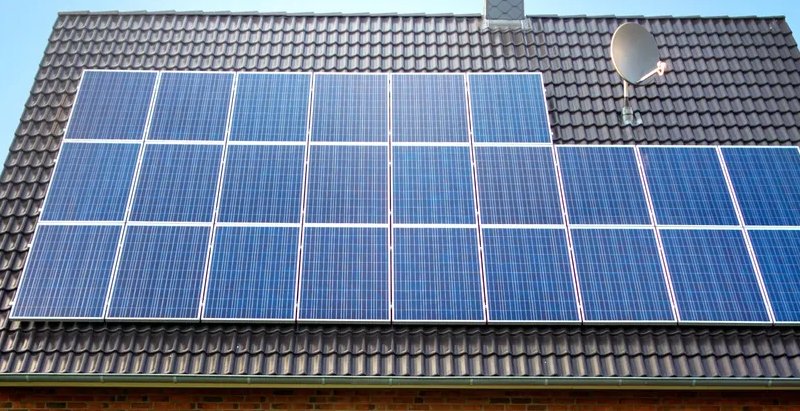On-grid or grid-tied solar systems are by far the most common and widely used by homes and businesses. These systems are connected to the public electricity grid and do not require battery storage. Any solar power that you generate from an on-grid system (which is not used directly in your home) is exported onto the electricity grid and you usually get paid a feed-in-tariff (FiT) for the energy you export.
Unlike hybrid systems, grid-tie solar systems are not able to
function or generate electricity during a blackout or power outage due to safety reasons; since blackouts usually occur when the electricity grid is damaged. If the solar inverter was still feeding electricity into a damaged grid it would risk the safety of the people repairing the fault/s in the network. However most hybrid solar systems with battery storage are able to automatically isolate from the grid and continue to operate during a blackout.
In an on-grid system, this is what happens after electricity reaches the switchboard:




